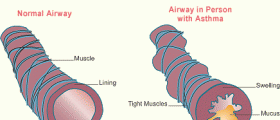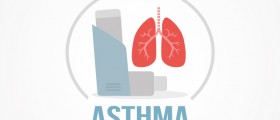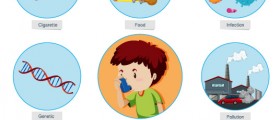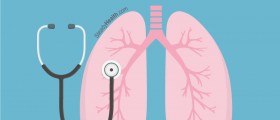
Introduction to adult-onset asthma
When a person who is over the age of 20 and is diagnosed with asthma for the first time, it is called adult-onset asthma.
Women who have gone through hormonal changes, especially pregnant women and those entering menopause are likely to get adult-onset asthma.
Also, women who take estrogen after menopause for ten years or more, people who have had colds or the flue frequently, those people who have allergies, especially those allergic to cats people exposed to environmental irritants like smoke, mold, bust and perfume on a regular basis, are all people who are most likely to develop adult-onset asthma.
Asthma is a lung disorder in which the airways are swollen and inflamed and a large amount of mucus is being produced. Usually, when a person has asthma attacks, their airways are narrowing because of muscle contractions.
Some of the main symptoms of asthma include a shortness of breath, coughing, wheezing, trouble breathing and tightness in the chest. The difference
There are differences between childhood asthma and adult-onset.
Adults usually have lower lung capacities after middle age because of changes in the muscles.
This adult asthma can be hard to diagnose sometimes because of this.
In order to diagnose it, the doctor needs a patient’s medical history, and must know about the symptoms the patient is having. The doctor will also listen to the patient’s breathing.
A lung function test will also be performed. In order to diagnose it properly, the doctor may also take a chest x-ray. This is used to examine the structures of the chest, and by viewing the lungs, the doctor will see if it is asthma that is causing the symptoms or another problem entirely.
People who are at a higher risk of getting asthma are people who have a family history of asthma and of allergies. Also, people who have smokers in their families and people who live in urban and polluted areas are also at a greater risk. Treatment
Asthma cannot be cured, but it can be controlled.
There are certain goals that need to be set in maintaining the health when a person has asthma.
The treatment goals include living and active and normal life, preventing chronic symptoms and problems, making sure you do not miss days of work or school, refrain from having to visit the doctor or hospital urgently on many occasions, and use medications for controlling the asthma effectively without suffering any side effects.

















Your thoughts on this
Loading...